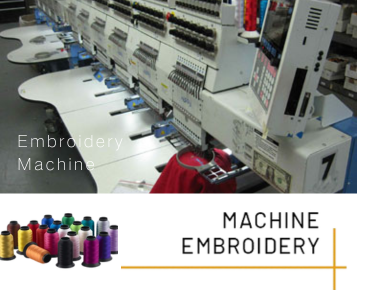How to Convert a PNG File to Vector: A Comprehensive Guide
Understanding the Basics of Vector Conversion
Vector graphics and raster images serve different purposes in digital design. Raster images, like PNG files, are made up of pixels aligned in a grid format, which is why they can lose quality when scaled up. Vector images, however, use mathematical formulas to create geometric shapes, allowing them to be scalable without any loss of quality.
Why Convert PNG to Vector?
Converting a PNG to vector format is crucial for various applications, particularly when you need a scalable image for large format printing or detailed design work. For those in fields like print shops or graphic design, the precision and clarity that vectors offer are incredibly valuable. Vector images are also essential for logo design since they can be resized to fit anything from business cards to billboards without losing crispness.
Steps for Converting PNG into Vector Format
The process of converting a PNG to a vector file can seem daunting, but it's often straightforward with the right tools. Here’s a step-by-step guide to help you convert your PNG to vector format effectively.
Choose the Right Software
Firstly, you need a software tool capable of vectorization. Software such as Adobe Illustrator and CorelDRAW are industry standards for this task. These applications provide robust tools to trace bitmap images and convert them to vectors. Open your PNG file in the chosen software to start the process.
Tracing the Image
In most vector software, you will find an option to "Trace Bitmap" or "Image Trace." This function converts the pixels into vector paths. Adjust the threshold settings appropriately to ensure the paths follow the necessary details of your image. Some software allows you to fine-tune the paths for precision, adjusting anchors and paths to better fit the original raster image.
Refining Your Vector Image
Once tracing is complete, the next step involves refining the vector paths. Remove any unnecessary paths, smooth out jagged lines, and ensure logical color separations. Complex images may require more attention, including altering nodes and curves manually to perfect the output. A crucial advantage of vector files is their flexibility with color changes and path modifications, which can be done without affecting quality.
Using Online Vectorization Services
If you're not comfortable using design software, online vectorization service providers offer an excellent alternative. Services like Eagle Digitizing specialize in converting intricate designs into clean, scalable vector files. Their team of skilled professionals ensures precision and attention to detail, resulting in high-quality vector art.
They offer services such as online vector conversion which allows you to convert any image into a professional vector artwork suitable for various printing applications.
Practical Applications of Vector Conversion
Vector conversion has a broad range of applications, particularly for businesses involved in print services and promotional materials. Eagle Digitizing's vector services cater to needs ranging from raster to vector conversion, perfecting vector logos for brand consistency across different media forms.
Another benefit is vector logo conversion, which provides businesses the advantage of using their logos in various sizes without any quality compromise.
Conclusion
In the fast-paced world of digital design, having scalable, high-quality images is non-negotiable. Converting PNG images to vector format can dramatically enhance the quality of your prints and digital media. While manual vectorization can be time-consuming, vector services provide a reliable solution with their professional and detailed approach.
As technology advances, the tools and techniques for vector conversion will continue to evolve, offering even more innovative solutions to meet the growing demands of design professionals and businesses globally.
.png)

